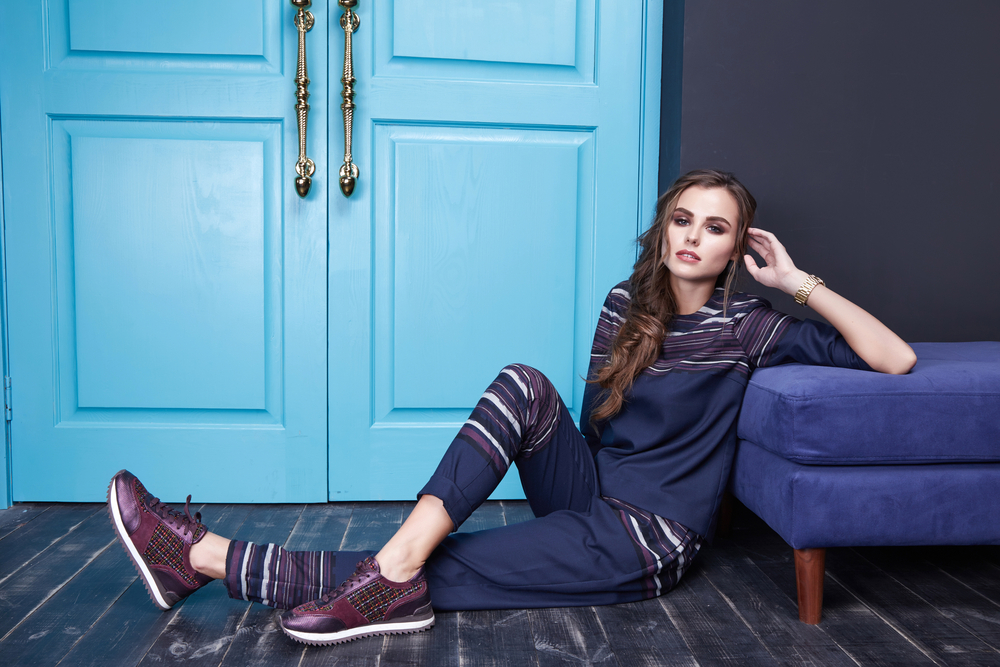
Introduction
Photography is a medium that allows us to freeze time, capturing moments that will forever be remembered. Within the realm of photography, there is a particular genre that focuses on creating breathtaking and captivating images – photoshoots. Whether it’s fashion, glamour, or artistic photography, a successful photoshoot relies heavily on the art of modeling. In this article, we will explore the power of modelling (or modeling) in stunning photoshoots and how it can unleash the potential to create mesmerizing images.
The Importance of modeling
When it comes to photography, the model is the primary subject and driving force behind the composition. They not only play the role of being photographed; rather, they become one of the essential components that determine the success of a photoshoot. Models serve as a bridge between photographers and the audience, conveying emotions, storytelling, and enabling the creation of compelling visual narratives.
In many cases, the model may become the focal point of an image, drawing the viewer's attention and creating a sense of connection. A skilled model possesses the ability to emote and express ideas, enabling the photographer to capture the desired mood or concept. Through posing, body language, and facial expressions, models bring life and authenticity to a photograph, making it relatable and engaging for the audience.
The Power of Posing
Posing is a vital aspect of modeling (by models) , as it sets the tone and narrative for a photograph. It is a means of visually communicating emotions, ideas, and stories without the need for words. The way a model presents themselves in a photo can evoke different feelings and reactions, ultimately shaping the viewer's perception. Therefore, understanding the power of posing is crucial for both models and photographers.
A model's posture can communicate confidence, vulnerability, strength, or elegance, among many other emotions. It is through their movements, gestures, and body language that a model can transform a static image into a dynamic representation of human expression. Through skilled posing, models can convey narratives that resonate with the viewers, leaving a lasting impact.
Working with Lighting and Angles
modeling (or modelling) is not only about the physical presence but also about the interaction with the environment, lighting, and angles. A model must be aware of how their positioning can enhance or detract from the overall effect of the photograph. By understanding how different lighting conditions and angles can change the mood and atmosphere, models can actively contribute to the creation of visually stunning images.
Importantly, models should know how to work harmoniously with the photographer's vision and direction. A collaborative approach between models and photographers allows for the exploration of creative ideas and the ability to capture the perfect moment. When the model is able to adapt to various lighting situations and angles, the dynamic between the model, the environment, and the camera becomes a powerful visual marriage.
The Role of Expression
The ability to express oneself is pivotal for an impactful and memorable photoshoot. An expressive face can convey emotions such as joy, sadness, surprise, or determination, making the image relatable and emotionally charged. Models who understand the power of facial expressions can elevate an ordinary photograph into something extraordinary.
Models should strive to tap into a range of emotions, allowing their face to become a canvas for storytelling. By connecting with their innermost feelings and channeling them through their facial expressions, they can create a deeply immersive experience for the viewer. Through nuanced and authentic expressions, models can forge a connection that can be felt through the photograph.
Frequently Asked Questions
Q1: How important is modelling in a photoshoot?
A1: Modeling is extremely important in a photoshoot as the model becomes the primary subject and drives the composition. They bring life, authenticity, and a sense of connection to the photograph, enabling the creation of compelling narratives.
Q2: What role does posing play in modeling?
A2: Posing is crucial in modeling as it visually communicates emotions, ideas, and stories. It is through posing that the model can transform a static image into a dynamic representation of human expression.
Q3: How does lighting and angles affect modeling?
A3: Lighting and angles can significantly impact the overall effect of a photograph. By understanding how different lighting conditions and angles can change the mood and atmosphere, models can actively contribute to the creation of visually stunning images.
Q4: What is the role of expression in modeling?
A4: Expressive facial expressions can convey a wide range of emotions, making the image relatable and emotionally charged. Models who understand the power of facial expressions can transform an ordinary photograph into something extraordinary.
Q5: How can modeling create a connection with the audience?
A5: Through posing, body language, facial expressions, and storytelling, models can forge a connection with the audience. They evoke emotions and engage viewers, making the photograph relatable and impactful.
Conclusion
Modeling is indeed an art that holds immense power in creating captivating moments in stunning photoshoots. The ability to pose, work with lighting and angles, and express emotions allows models to breathe life into each photograph. It is the perfect synergy between models and photographers that leads to the creation of visually striking images that leave a lasting impression. So next time you engage in a photoshoot, remember the art of modeling and unleash its power to create breathtaking and unforgettable moments.
Other useful resources
- https://en.wikipedia.org/wiki/Category:Modeling_agencies
- https://en.wikipedia.org/wiki/Modeling_agency
- https://blog.planetmodelphoto.com/models/modeling/